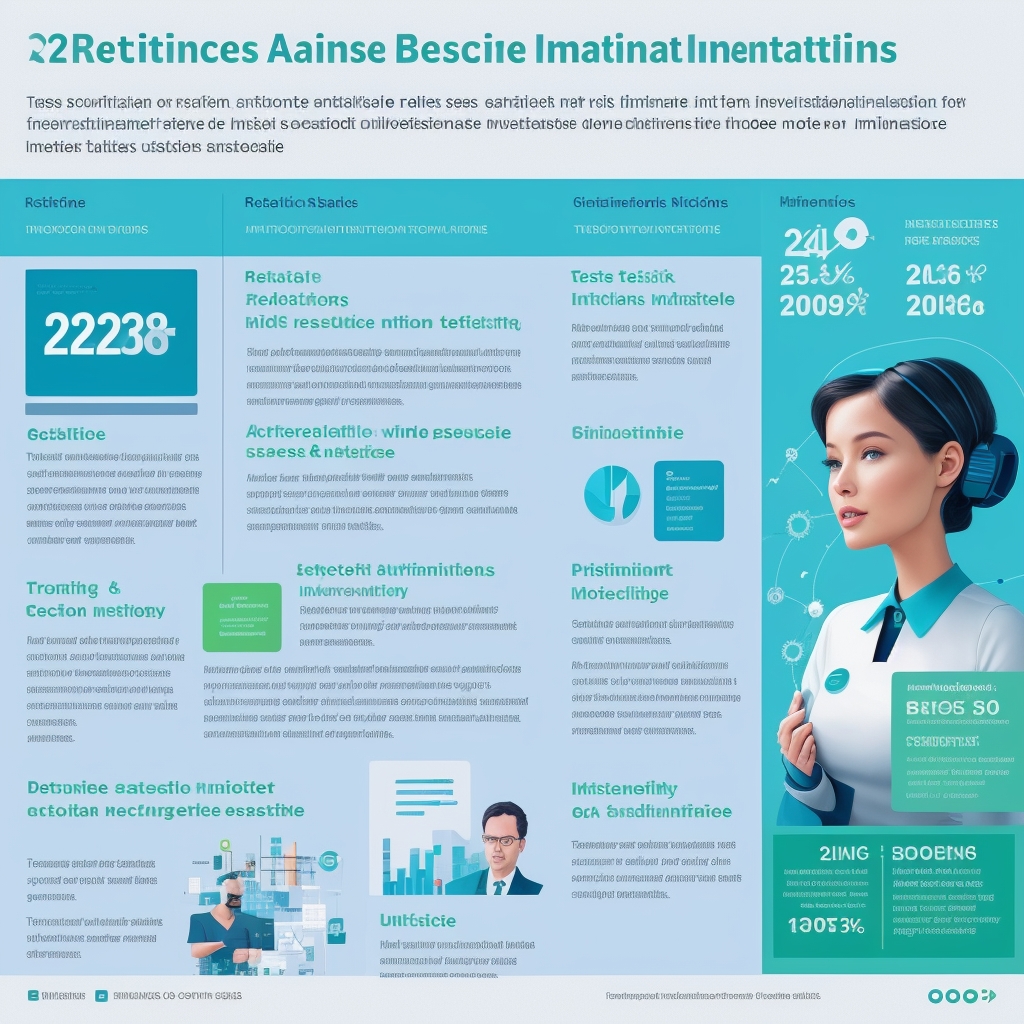7 Smart Strategies for Reducing Bias in Machine Learning Models
Hey there, fellow AI enthusiast! If you’ve been around the block with machine learning, you’re probably aware of how stubborn bias can be. It’s truly like that one elusive stain on your favorite shirt that just won’t budge, isn’t it? But here’s the thing: while the challenge remains, there are some genuinely exciting trends emerging in 2025 that are making bias reduction feel a whole lot more achievable. Let’s dive in and tackle this head-on!
Tip 1: Embrace Diversity in Data Collection
What’s interesting is that the data you start with is fundamentally like the soil for your ML garden. From my experience, when you plant diverse seeds, you cultivate a healthier, far more unbiased model. In 2025, the push for diverse data has never been more critical, especially as AI adoption accelerates, with 78% of organizations reporting AI usage in 2024, up significantly from 55% the previous year. Think of it as getting multiple, truly varied perspectives in a room—the more diverse the input, covering a wide range of demographic, socioeconomic, and experiential traits, the more robust and adaptable your AI becomes. This isn’t just about avoiding bias; it also shapes how AI systems understand cultural norms and communication styles across different communities.
Tip 2: Leverage Fairness-Aware Algorithms
Now, this one’s a genuine game-changer. Fairness-aware algorithms are like having a dedicated referee on your team, ensuring everyone plays fair. These algorithms are specifically designed to detect and proactively mitigate bias during the training process itself. It’s like having an incredibly smart AI buddy who’s always got your back, catching those subtle discriminatory patterns before they become ingrained. Seriously, this approach can make a world of difference in building equitable systems, especially as the global AI governance market is projected to grow rapidly, reaching approximately USD 309.01 million in 2025 and an impressive USD 4,834.44 million by 2034.
Why Blind Trust in Automation Can Lead You Astray
It’s surprisingly easy to fall into the trap of thinking that once you’ve set your model on autopilot, you’re completely in the clear. I’ve personally seen this assumption trip up even the savviest data scientists, often leading to frustratingly unfair outcomes. The truth is, bias can—and often does—creep in at any stage of the AI lifecycle. For instance, biased AI can disproportionately affect marginalized communities in areas like credit scoring or hiring. That’s why it’s absolutely crucial to keep a human in the loop. Always remember: trust, but verify!
Tip 3: Implement Bias Audits Regularly
Conducting regular bias audits is akin to doing routine, proactive maintenance on a high-performance car. It genuinely keeps your model running smoothly and ethically, preventing minor issues from escalating. I’ve consistently noticed that when teams schedule these audits proactively—rather than reactively—they catch potential issues before they snowball into major headaches or, worse, legal liabilities. Interestingly, recent data suggests that only about 40% of organizations currently check for model fairness and bias, though this number rises to 54% among companies with extensive machine learning experience. There’s clearly room for improvement here!
Tip 4: Experiment with Reweighting Techniques
Reweighting techniques are a bit like being a truly fair and balanced journalist, giving more attention and appropriate emphasis to the quieter, often underrepresented voices in your dataset. They effectively help balance the scales so that groups who might otherwise be overlooked have a fair say in the model’s decisions. For example, if your dataset for a loan application model disproportionately features one demographic, reweighting can adjust the influence of less represented groups, ensuring their financial behavior is accurately considered without inherent bias.
Tip 5: Use Counterfactual Fairness Testing
This one’s really for the experimenters and critical thinkers out there. Counterfactual fairness testing is about imagining “what if” scenarios to rigorously ensure fairness. You essentially ask: “If only a protected attribute (like gender or race) were different, would the model’s outcome remain unbiased for that individual?” If you change a variable and the outcome remains unbiased, you’re definitely on the right track. It’s like running a crucial thought experiment to truly test your model’s integrity before it impacts real lives.
Tip 6: Engage Stakeholders Throughout the Development Process
Here’s a nugget from my own practical experience: genuine collaboration is absolutely key. By involving diverse stakeholders—from ethicists and legal experts to end-users and community representatives—early and often, you gain invaluable insights that you might completely miss in isolation. This proactive engagement not only helps identify potential biases from various perspectives but also inherently builds trust and transparency around your AI system. It’s truly a win-win for everyone involved, reinforcing the idea that ethical AI development requires a holistic, socio-technical approach.
Bonus Insight: The Power of Explainability
I’ve got to share this, as I believe explainability is your ultimate secret weapon in the fight against bias. When you can clearly articulate why a model made a specific decision—not just what decision it made—it becomes exponentially easier to spot and effectively address biases. Furthermore, it helps demystify AI for others, fostering greater understanding and making the entire process more inclusive. As governments advance new regulatory frameworks aimed at promoting transparency and accountability in AI, explainability isn’t just a best practice; it’s becoming an essential component of responsible AI.
So there you have it, seven smart strategies (plus a crucial bonus insight) to effectively tackle bias in machine learning models. If I had to choose just one, I’d say focusing relentlessly on diverse data collection sets the strongest, most resilient foundation for any ethical AI system. What works best for you might differ, of course, but that’s truly the beauty of this dynamic field—there’s always something new to learn, refine, and try!
Happy bias-busting, and remember: every thoughtful step you take towards reducing bias is a significant stride towards a fairer, more equitable AI future for all.
- Tags: Bias Reduction, Fairness, Machine Learning, Ethical AI, AI Trends 2025







